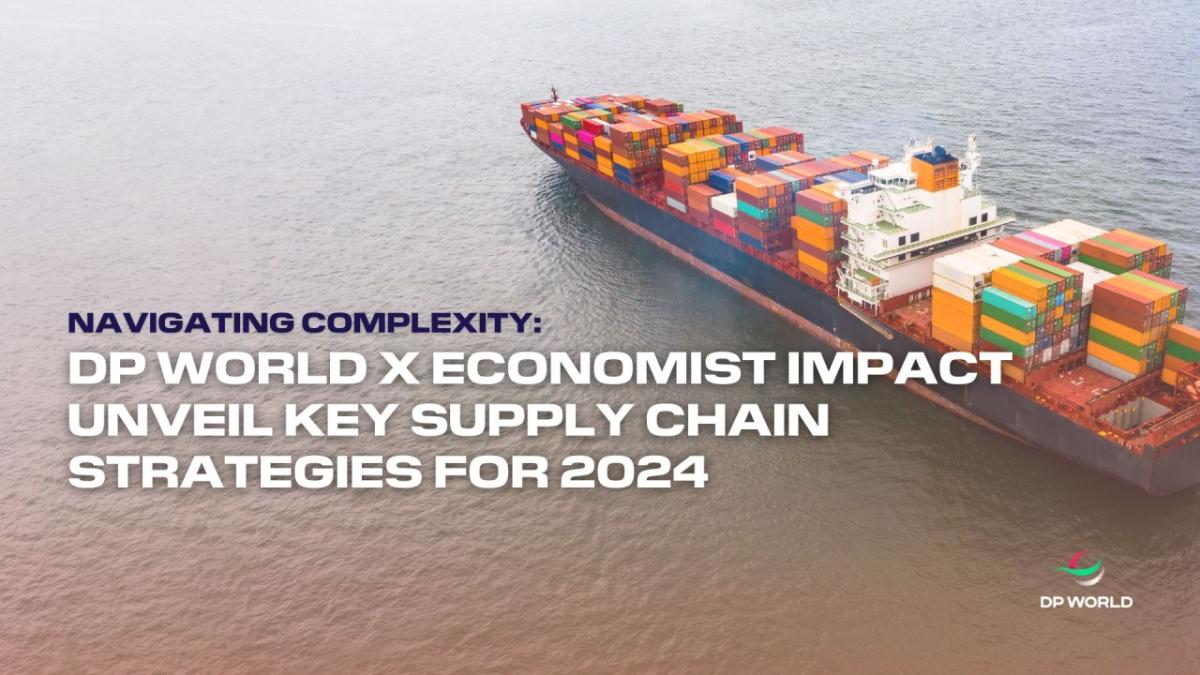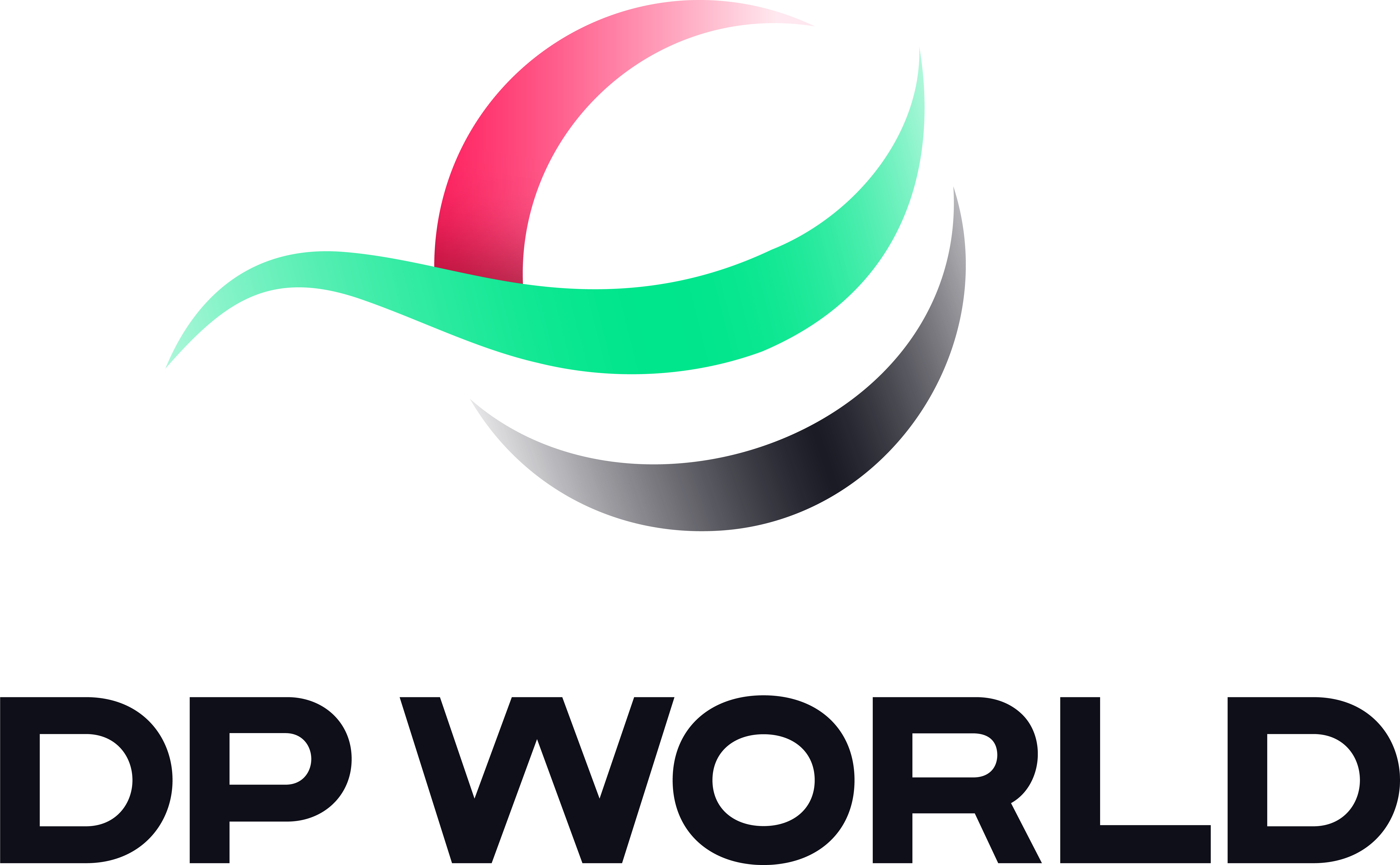Navigating Complexity: DP World and Economist Impact Unveil Key Supply Chain Strategies for 2024
By Brian Enright, CEO DP World Americas

Never in history has the global supply chain been more complex. Between geopolitical uncertainty, pressure for more sustainable operations, disruptive technologies, the list goes on, it is essential that companies adapt in this changing environment.
DP World, in partnership with Economist Impact, recently released our 2024 edition of the Trade in Transition report, highlighting key trends in global trade and supply chains. The research found that despite uncertainty, executives are optimistic due to improved economic stability and emerging technologies. You can check out the full report here, but let’s dive deeper into one of the trends: supplier restructuring.
Here’s the short of it: North American businesses are evolving their supplier networks in three ways to combat supply chain disruption: supplier diversification, supplier consolidation and nearshoring. Let’s unpack these, starting with diversification.
Supplier diversification allows companies to funnel their goods through a larger network of suppliers. This year’s study found that 44% of respondents prioritized this strategy over consolidating. Why? A larger supplier base prevents having a single-point of supply chain failure, which many companies experienced during the COVID-19 pandemic. Though popular, diversification does have its downsides. Expanding your supplier network can create operational challenges and increase maintenance costs. With an increased focus on emissions reporting, having more suppliers makes carbon output more difficult to track. Therefore, businesses are more cautious about diversifying their suppliers this year compared to last.
In stark contrast to diversification, 26% of businesses are opting to consolidate their supplier network, a strategy increasing in popularity by 16 percentage points since 2023. The benefits: greater supply chain visibility, quality control, better information sharing, and larger supplier contracts. Fewer suppliers can also simplify environmental reporting and allow businesses to foster a deeper feeling of trust between their supply chain partners – leading to more effective communication and stronger collaboration. While consolidation offers advantages, it introduces challenges such as an elevated risk of disruption and slower transport times, underscoring the delicate balance in supplier strategy.
While diversification and consolidation reign supreme in supply chain restructuring, nearly one-in-five North American respondents are prioritizing nearshoring as their main supply chain restructuring strategy. Nearshoring, the process of employing suppliers geographically closer to the initial production point, mitigates disruption caused by trade barriers, ultimately decreasing delivery times. Though the strategy has lost some steam since 2023, we believe it will rebound given ongoing geopolitical flux.
Take Mondelez, one of the world’s largest snack companies, for example. The year 2020 delivered a worldwide shortage of shipping containers, causing transportation problems in over 75% of the world’s supply chain companies. Mondelez was unable to reach over 15 territories in the Caribbean. Project Near, a collaboration between DP World and Mondelez International, focused on sourcing products directly from their countries of origin, including Mexico and Peru, to the Dominican Republic. This partnership enabled Mondelez to create a new cargo pathway through the Dominican Republic to the region and stabilize their product distribution through the pandemic and beyond.
Regardless of the chosen strategy—be it diversification, consolidation, or nearshoring—one common theme emerges: supply chain businesses are adapting to operate in times of crisis and preparing for the uncertainties of the future. As the Trade in Transition report emphasizes, the supply chain of the past will not be the same as the supply chain of the future.
###

